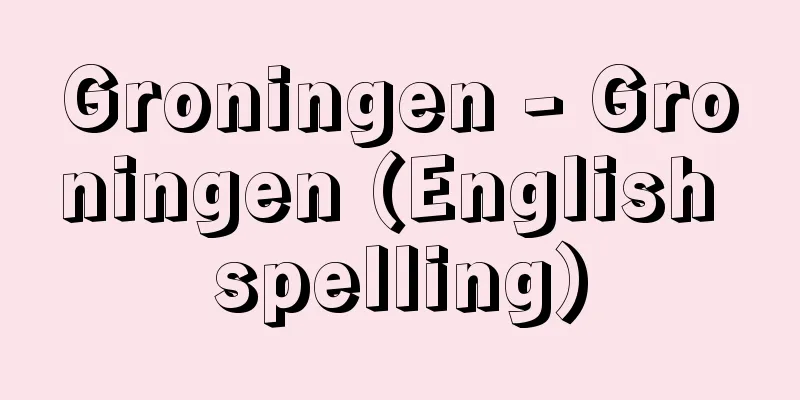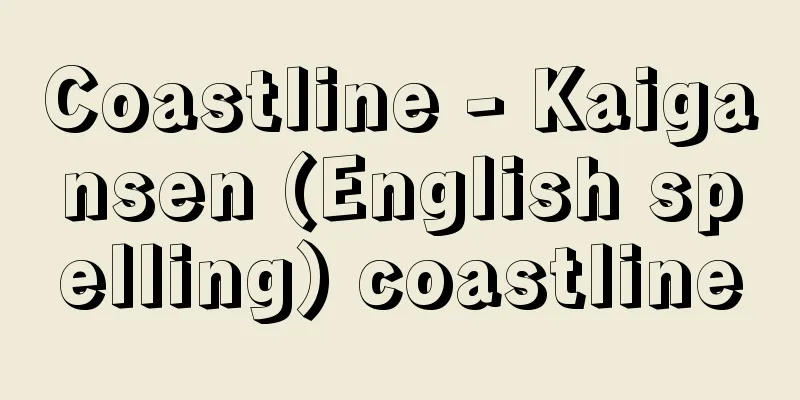Groningen - Groningen (English spelling)

|
The capital of the province of Groningen in the northeast of the Netherlands. Population 174,250 (2001). A key city in the north of the Netherlands, it is located at the confluence of the canalized Drenze and Huenze rivers, and is a hub of land and water transport, with the Ems Canal leading to the Ems River estuary. Commerce such as agricultural product trading is carried out, and industries such as sugar refining, textiles, and publishing also developed. The first mention of the city in historical documents is in 1006, after which it was incorporated into the Archdiocese of Utrecht, and it once provided ships for the Crusaders. By 1284, it had joined the Hanseatic League and prospered as a commercial city. It was constantly at odds with the surrounding Frisian lords of the countryside, and in the War of Independence it pledged allegiance to the Habsburgs against the lords who were anti-Spanish, but was captured by Governor Maurice in 1594. It was not until 1795 that Groningen and the surrounding countryside were finally integrated into one province. The city is home to the 13th century Martinique and a university founded in 1614. The province of Groningen borders Germany to the east and faces the Wadden Sea to the north, including the small islands of the West Frisian Islands. It has a total area of 2,967 square kilometers, a land area of 2,335 square kilometers, and a population of 566,489 (2001). The province has a low-lying topography with marine clay in the north and sandy soil in the south, and reclaimed land spreads along the Wadden Sea coast and on the peat bogs in the southeast. As a result, agriculture and livestock are the province's main industries, with large-scale self-sufficient farms cultivating wheat, potatoes, sugar beets, and dairy farming, and the marshland development villages in the southeast are the center of field farming. Since the discovery of natural gas fields in the 1960s, industrialization has also progressed. [Takaharu Hasegawa] Source: Shogakukan Encyclopedia Nipponica About Encyclopedia Nipponica Information | Legend |
|
オランダ北東部、フローニンゲン州の州都。人口17万4250(2001)。オランダ北部の拠点都市で、運河化されたドレンツェ川、ヒュンゼ川の合流点に位置し、エムス運河でエムス川河口に通じるなど、水陸交通の結節点をなす。農産物交易などの商業が行われ、精糖、繊維、出版などの工業も発達する。史料上の初見は1006年で、その後ユトレヒト司教領に編入され、十字軍に船を提供したこともある。1284年までにはハンザ同盟に加入し、商業都市として繁栄した。周辺のフリジア(フリース)人系農村領主とは絶えず対立し、独立戦争でも反スペインにたつ領主側に対し、ハプスブルク家に忠誠を誓ったが、1594年にマウリッツ総督に攻略された。フローニンゲンと周辺農村が一つの州に統合されるのは、ようやく1795年になってからである。市内には13世紀のマルティニ教会や1614年創立の総合大学がある。 フローニンゲン州は、東をドイツ国境に接し、北はワッデン海に臨み、西フリジア諸島の小島嶼(とうしょ)を含む。総面積2967平方キロメートル、陸地面積2335平方キロメートル、人口56万6489(2001)。地形は低平で、北部に海成粘土、南部に砂質土が分布し、ワッデン海沿岸と南東部の泥炭地には干拓地が広がる。このため農牧業が主産業で、大規模な自作農による麦類、ジャガイモ、テンサイの栽培や酪農が行われ、南東部の湿地開拓村が畑作の中心となっている。1960年代に天然ガス田が発見されてからは工業化も進んでいる。 [長谷川孝治] 出典 小学館 日本大百科全書(ニッポニカ)日本大百科全書(ニッポニカ)について 情報 | 凡例 |
<<: Groningen Gas Field - Groningen Gas Field (English name) Groningen
Recommend
Nagarakurtāgama (English spelling)
A doxology from Java, Indonesia. It was written i...
Light [town] - Hikari
A former town in Sosa County in the northeast of C...
Magpie duck - Magpie duck
… [Extinct ducks] The pink-headed duck Rhodonessa...
Zinc White - Aenhaku
…Another name for zinc oxide ZnO as an industrial...
Sir Frank Whittle
British aviation engineer and inventor of the jet...
Albany Congress - Albany Congress
The North American Colonial Congress was held in A...
Uchibo Line - Uchibosen
The name of the East Japan Railway Company's ...
Tapirus pinchaque (English spelling)
…[Mizuho Sawada]. … *Some of the terminology that...
Pacchioni body
…The clear fluid that fills the subarachnoid spac...
duplication
… [Chromosomal Mutation] Originally, this term re...
Gabungan Politik Indonesia (English)
The Indonesian political party Gabungan Politik I...
Iwakuni Domain - Iwakunihan
During the Edo period, this clan ruled the easter...
Sedang
…(1) A general term for the mountain minority gro...
Yujo Goto
Year of death: May 7, 1512 (June 20, 1512) Year of...
sound pattern
… [Bloomfield and Structural Linguistics] Meanwhi...





![Nakijin [village] - Nakijin](/upload/images/67cc65595bd06.webp)



